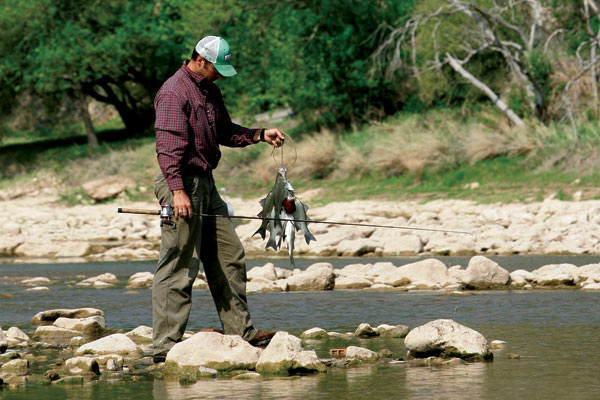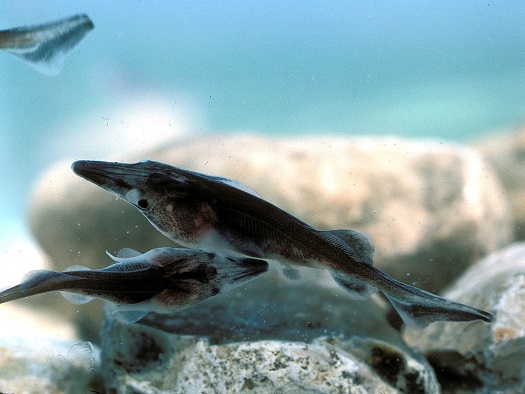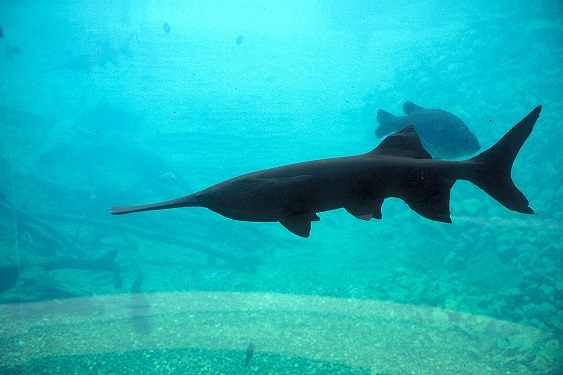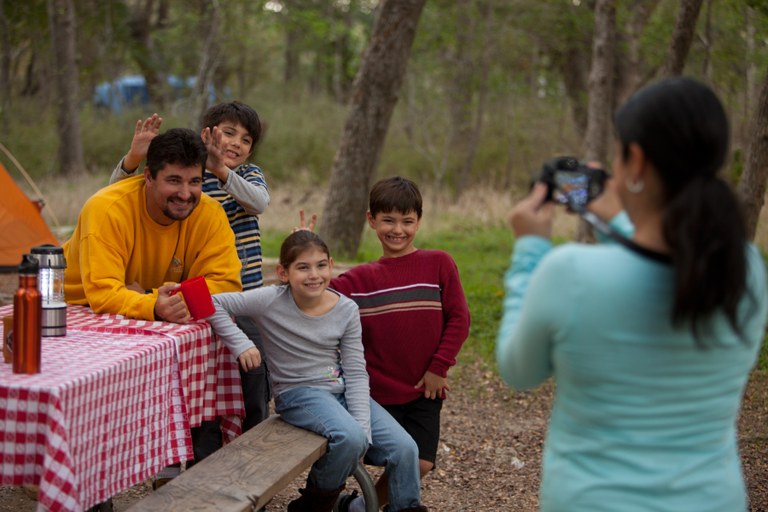Recreation: Spring Break in State Parks
Monday, March 10th, 2014This is Passport to Texas
Sometimes things sneak up on us before we’re ready. Take spring break, for example. Are you at a loss for what to do with the family this week? Robert Ramirez with Outreach and Education at Texas Parks and Wildlife says there’s something for everyone when you visit a state park.
There is something for everybody: everything from hikes to geocaching, to stargazing at night. The little “techies” can grab their iPads and get out there and utilize them for those activities only. The adults will also have plenty to do. There’s a Go Fish program for the kids and adults; the Go Fish programs they teach families the basics of fishing.
And what if you don’t have tackle?
Forty-three of our state parks have a tackle loaner program available. So, just look online and check to see if the park you’re going to visit has the tackle loaner program available to them.
And, speaking of online is that where people should start planning their trip?
Yes. Definitely. Go to our website, and under the ‘calendar’ tab, click on ‘kids’ and the mid two weeks of March are chock full of events and activities and things for them to do.
Remember: Life’s Better Outside. For Texas Parks and Wildlife, I’m Cecilia Nasti.






 Passport to Texas is a
Passport to Texas is a  Passport to Texas is made available by:
Passport to Texas is made available by: